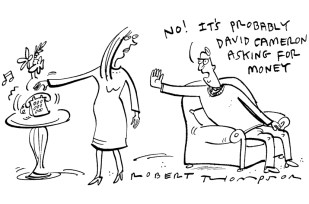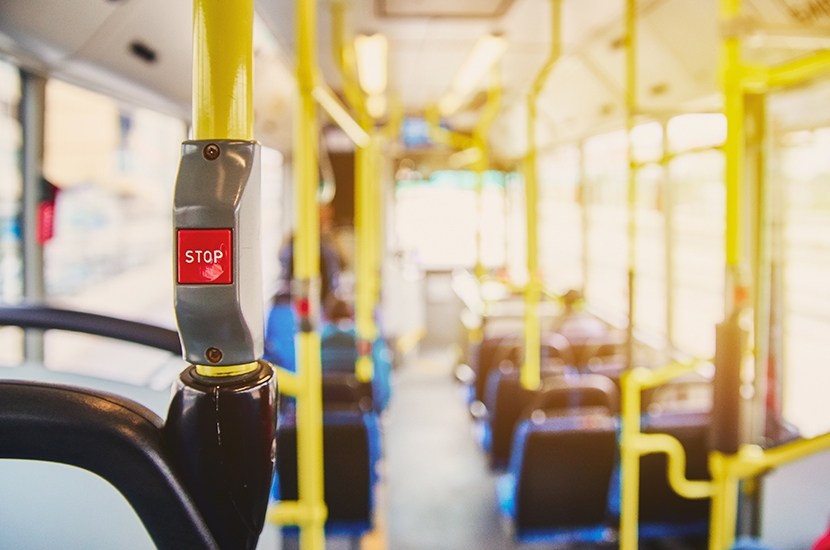‘If anybody can write an interesting column about buses, Matthew,’ the then comment editor on the Times told me decades ago, ‘it’s you. And you’ve failed.’ Here goes again, because the government has just published an energetic 84-page report outlining a strategy for the future of English bus services. There’s even an affectionate foreword by Boris Johnson. Buses deserve our attention. Trams are newly fashionable but eye-wateringly expensive and in many ways, being less flexible, slower and more dangerous, a regression from buses.
Many of the recommendations in Bus Back Better are sensible, though there’s the usual infestation of acronyms, consultations and new structures. Its analysis of what puts passengers off does shine a light on things we could change. But the document suffers from one big blind spot. It averts its eyes from a problem so central that complaints about misleading timetables or the lack of single-journey-multiple-carrier ticketing systems, etc., are mere quibbles by comparison.
Buses are uncool. That’s the double–decker in the room. Going by bus is so often what people resort to if they have no access to a private car and can’t afford a taxi. Here, for instance, is our own Rod Liddle in last week’s Sunday Times. ‘I cannot remember what a bus looks like. I live in the country and haven’t seen one for years. Big slow things full of poor people, as I vaguely recall.’

Plenty of Spectator readers might bridle at that. I do, loving buses both in London and in the country. In rural Derbyshire I’m sometimes the only person on Hulleys’s excellent 172 service from Bakewell to Matlock through the villages. But the sad truth is that, however rudely, Rod does touch on something. If you stand at a village bus stop and a passing motorist recognises you as a local, you will often be offered a lift.








Comments
Join the debate for just £1 a month
Be part of the conversation with other Spectator readers by getting your first three months for £3.
UNLOCK ACCESS Just £1 a monthAlready a subscriber? Log in